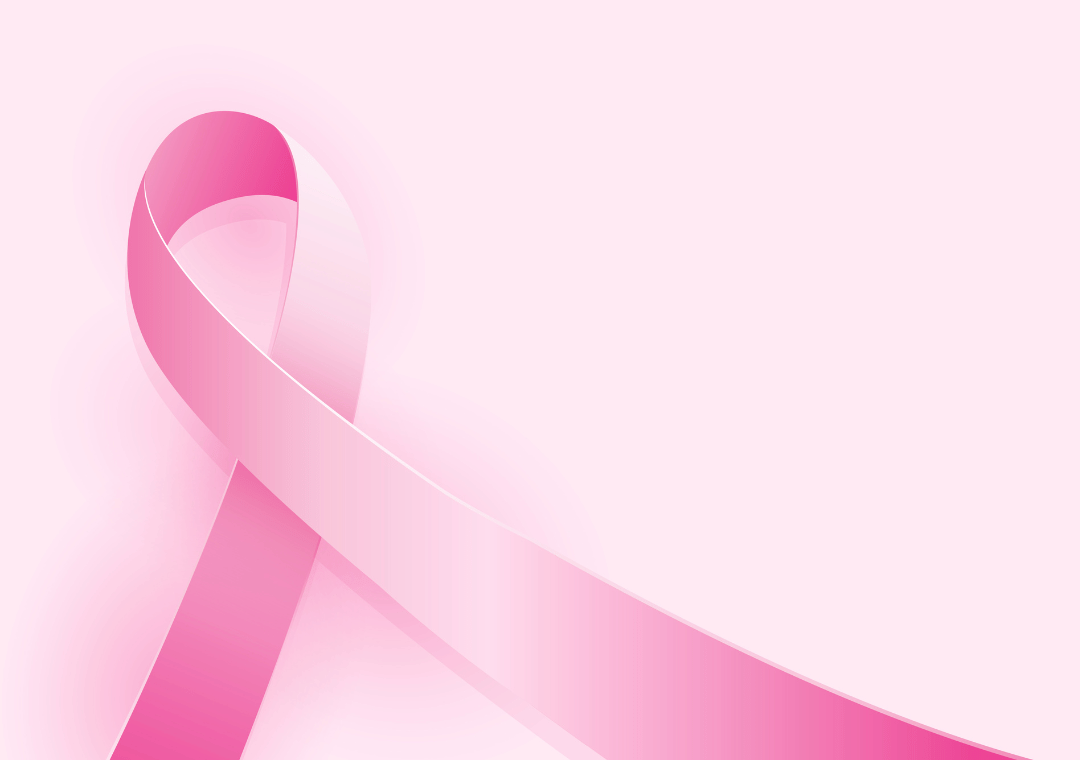We value women's health and quality life at all ages. Take back your femininity with our line of BINTO probiotics and supplements, all of which are customizable for every woman at any stage in life.
According to current data, approximately 1 in 8 women living in the United States will develop invasive breast cancer. This is a statistic no one likes to hear, but it further proves the importance of getting breast examinations and mammograms (1).
Invasive vs. Non-invasive Cancers
Invasive: the majority of breast cancers are invasive, meaning that they grow beyond their location into healthy tissue (2).
Non-invasive: This implies that the cancer remains within breast lobules or the milk ducts. They sit in the same place instead of spreading (2).
Family History & Genetic Causes
Your risk of breast cancer as a woman doubles if your daughter, mother, or sister has been diagnosed with it. If your father or brother has breast cancer (yes, men can develop it, too!) it also increases your chances (4).Inherited mutations (when your genes go through abnormal changes) are only responsible for up to 10% of breast cancer cases. A lot of the time (85% of cases) growing older causes genetic mutations to occur.
Genetic Testing
The following inherited genetic mutations increase the risk of breast cancer, according to Susan G. Komen's website (3):
- BRCA1 and BRCA 2: best-known genes linked to risk of breast cancer. There is a 7 in 10 chance of getting breast cancer by 80 for women with the BRCA1 or BRCA2 gene (4).
- ATM, CDH1, CHEK2, NBN, NF1, PALB2,PTEN,STK11,TP53
You can undergo multi-gene or panel testing to screen for high risk mutations if your doctor believes you my be at risk because of your family history or ethnic background (3). These genes increase the chance of developing cancer in both breasts, at a younger age, and also developing ovarian cancers (4).

